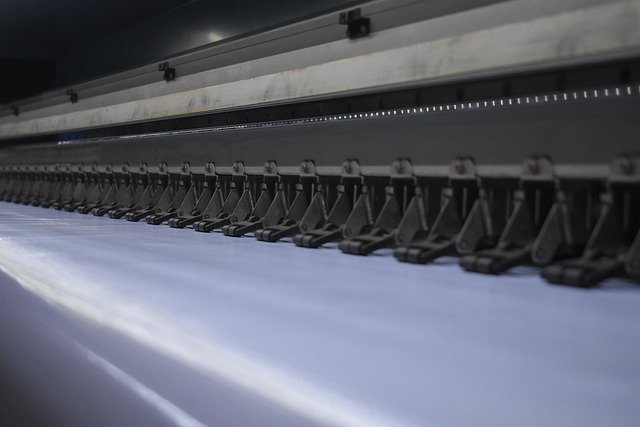The Art and Science of Printing Press Operation
In the ever-evolving world of print media, the role of a printing press operator remains crucial. This skilled profession combines technical expertise with an artistic touch, ensuring that printed materials meet the highest standards of quality and precision. From newspapers and magazines to packaging and promotional materials, printing press operators play a vital role in bringing ideas to life on paper.

Printing press operators work with a wide range of equipment, from traditional offset presses to state-of-the-art digital printing machines. They must be able to troubleshoot issues, perform routine maintenance, and make necessary adjustments to ensure optimal print quality. Additionally, they often collaborate with graphic designers and clients to achieve desired results and meet project specifications.
What skills are required for a printing press operator?
Successful printing press operators possess a unique blend of technical and creative skills. On the technical side, they must have a strong understanding of printing technology, including the mechanics of various press types and the principles of color reproduction. Attention to detail is crucial, as even minor adjustments can significantly impact the final product’s quality.
Creativity also plays a role in this profession. Operators must have an eye for color and design, allowing them to make subtle adjustments to achieve the desired visual effect. Problem-solving skills are essential, as operators often need to quickly identify and resolve issues that arise during the printing process.
Other important skills include:
-
Physical stamina and dexterity
-
Strong communication abilities
-
Time management and organizational skills
-
Basic computer proficiency
-
Ability to work in a fast-paced environment
How has printing technology evolved in recent years?
The printing industry has undergone significant changes in recent decades, driven by advancements in digital technology. While traditional offset printing remains widely used, digital printing has gained popularity due to its flexibility and cost-effectiveness for shorter print runs.
Modern printing presses incorporate sophisticated computer controls and automation, allowing for greater precision and efficiency. Computer-to-plate (CTP) technology has streamlined the pre-press process, eliminating the need for film negatives. Additionally, variable data printing enables personalized content on each printed piece, opening up new possibilities for targeted marketing materials.
Sustainability has also become a key focus in the industry, with the development of eco-friendly inks, recycled papers, and energy-efficient printing processes. As a result, printing press operators must stay informed about these technological advancements and environmental considerations to remain competitive in the field.
What training is required to become a printing press operator?
While formal education is not always required, many employers prefer candidates with vocational training or an associate’s degree in printing technology or a related field. These programs provide a solid foundation in printing processes, color theory, and press operation.
On-the-job training is also common in the industry, with new operators often starting as assistants and gradually taking on more responsibilities. Apprenticeship programs, which combine classroom instruction with hands-on experience, are another pathway into the profession.
Continuing education is essential for printing press operators to keep up with technological advancements and industry trends. Many manufacturers offer training courses for specific equipment, and professional organizations like the Printing Industries of America provide certifications and ongoing learning opportunities.
What are the job prospects for printing press operators?
The job outlook for printing press operators is evolving alongside the industry. While traditional print media has faced challenges from digital alternatives, there remains a steady demand for skilled operators in various sectors, including packaging, labels, and specialty printing.
Operators who stay current with the latest technology and develop expertise in digital printing processes may find more opportunities. Additionally, those with a broad skill set, including knowledge of prepress operations and finishing techniques, may be more competitive in the job market.
How much do printing press operators earn?
Salaries for printing press operators can vary depending on factors such as experience, location, and the type of printing facility. According to industry data, the average annual salary for printing press operators in the United States ranges from $35,000 to $60,000. Highly skilled operators with extensive experience or specialized expertise may earn more.
| Experience Level | Average Annual Salary |
|---|---|
| Entry-level | $30,000 - $40,000 |
| Mid-career | $40,000 - $55,000 |
| Experienced | $55,000 - $70,000+ |
Prices, rates, or cost estimates mentioned in this article are based on the latest available information but may change over time. Independent research is advised before making financial decisions.
The printing industry continues to evolve, adapting to changing technologies and market demands. For those with a passion for precision, creativity, and the tangible art of putting ink on paper, a career as a printing press operator offers a unique blend of technical expertise and artistic satisfaction. As the industry embraces new technologies and sustainable practices, skilled operators will remain essential in bringing ideas to life through the power of print.






